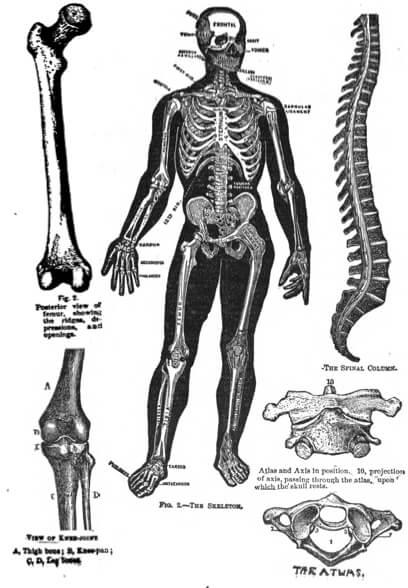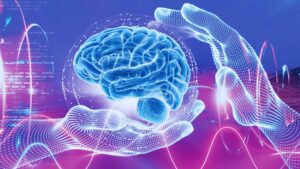
(1902) Columbia College of Osteopathy Home Study Course
A lot of books and courses on various manual therapies can be difficult to wade through. Many authors attempt laboriously to legitimize their viewpoint with anecdote while their technique descriptions leave much to be desired and their assessment strategies are only vaguely described. This often leaves therapists no better off in their work than when they began. It is always important to find quality educational materials from reputable sources that can actually translate into better outcomes for your clients. Growing a good reference library and continually going back to each valuable text you have can keep you on a learning curve. It is important not only to amass knowledge, but to be confident in the knowledge that you have amassed. This free home study course for manual therapists from the Columbia College of Osteopathy, unearthed from the public domain, is an amazing treat for massage therapists looking for continuing education opportunities.
This one has a few parts to it, so we’ll just be looking at the first part initially. The first part, comprising Lessons I and II, is almost like a basic massage therapy textbook written by osteopathic doctors. They are “inclined to the theory that there are comparatively few cases of dislocation, and are convinced that in many cases the dislocated bone is but a contracted muscle, which is readily relieved by manipulation.” Most of the work in this book has a soft tissue basis – as you practice you should remember to always be concerned with your client’s sensitivities to pressure and movement. There is a small introduction and a note on theory, and then the authors get directly into describing their approach to manual treatment from a functional standpoint.
Lesson I:
The Theory of Osteopathy
Basic Principles of Osteopathy
Points on Practice
Spinal Centers
Lesion Table
Lesson II:
Movements and Manipulations
Rotation
Flexion and Extension
Separating and Closing
Joint Stretching
Kneading
Rubbing
Percussion
Vibration
Stroking
Nerve Pressure
Freeing Pneumo-Gastric Nerve
Pressure on Phrenic Nerve
Pressure on Vaso-Motor Nerve
Spinal Treatment
Extension of Spine
Neck Treatment
Expanding the Chest
Osteopathic Dysentery Movement
Adjusting Ribs
Osteopathic General Treatment
Quiz…
You don’t have to take the quiz, as you won’t be able to submit your results to NCBTMB for CEUs – but it might be an interesting experiment.
“We have endeavored; so far as was possible, to make the instruction practical and to the point, and have not wasted words in elaborating theories or describing several methods, movements, and forms of Osteopathic Treatment, but have, on the contrary, aimed to state everything clearly, forcibly and practically, so as to lose no time in getting to the point. . .
We might easily have padded out the instruction given herein so that it would have occupied a space at least five times as large as that occupied by what we have written, but we believe that the intelligent student, wishing to be told how to do things in as short a time and in as practical a manner as possible, has no time to waste in hunting the kernel of wheat in the bushel of chaff.
We recommend that the student go over the various movements and motions very carefully, thoroughly acquainting himself with them, and then proceed to put into practice his instructions, using some friend or relative upon whom to experiment. There is nothing like getting to work and DOING things. An hour’s practice will be of more benefit than days of reading. It not only is more practical, but serves to fix firmly in the student’s mind the principles which he has just studied.”
This is a great attitude for the educators to take and great advice for all continual students. It is always best to have direct, practical instruction from experts who can teach you things from a perspective you have not necessarily acquired. However, it is important to separate things into what is useful for you as a therapist and what is not. Even if you have subtle or large disagreements with an author or educator, it is likely that you can find enrichment even within your disagreements and still benefit from learning their work.
The home study courses we offer have always been written for working therapists who want practical instruction that will translate into greater success with their clients. These techniques can be brought immediately into the treatment room with great success. But improved outcomes don’t come overnight, they require time and practice. It takes time to learn to see postural abnormalities in a different way, to really understand new methods of assessment, and to integrate techniques in an organized way that allows you to apply your therapy confidently to any case. Take a look at this free home study course from the public domain. There is so much useful material for massage therapy students, this is a great one to refer back to several times.









